Introduction

Literature is a reflection of its era—filled with the ideals, biases, and cultural attitudes of the time it was written. Some books, even those written by iconic female authors, feel stuck in the past when revisited today. They may have once been lauded as groundbreaking or inspirational, but now they come across as tone-deaf, problematic, or simply outdated in theme and character. On the other hand, there are books by women that have grown more powerful with time—layered, enduring, and more appreciated now than ever before. This list explores both sides: 17 books that haven’t aged gracefully, and 7 that have become even more beloved with age. Let’s dive in.
1. Valley of the Dolls by Jacqueline Susann
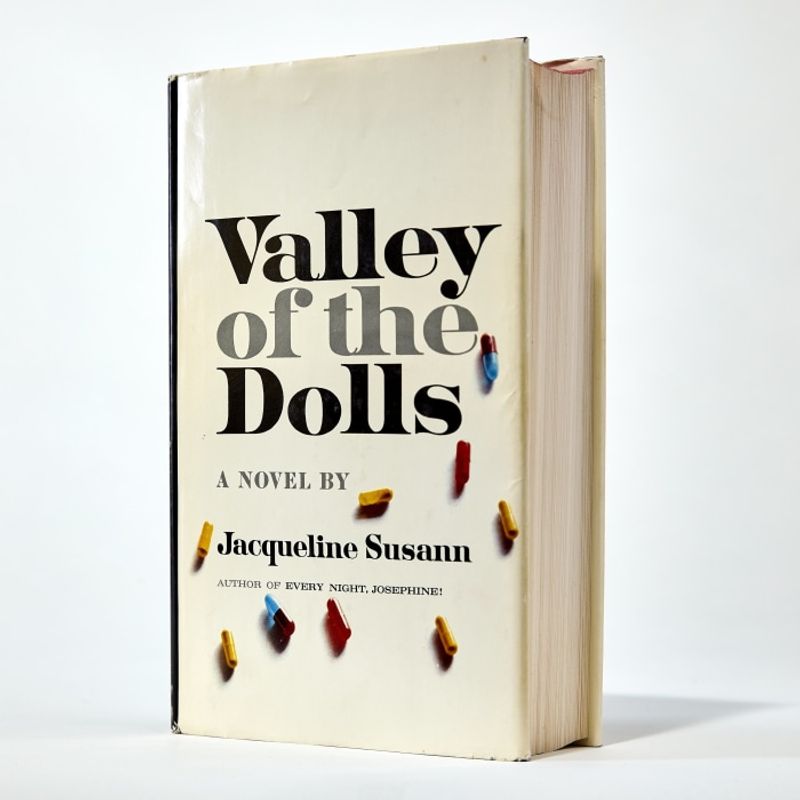
Once hailed as a daring look into fame’s pressures, ‘Valley of the Dolls’ now feels antiquated. The novel’s portrayal of women navigating beauty and mental health issues reflects outdated gender norms. What was once provocative now seems a relic of its time.
The characters’ struggles, originally seen as groundbreaking, are criticized for perpetuating stereotypes. Women today find the narrative threadbare, lacking in depth and modern complexity. Its early appeal has faded under contemporary scrutiny.
Despite its initial impact, the book’s views are now passé, leaving new readers questioning its relevance in today’s more enlightened cultural landscape.
2. The Rules by Ellen Fein and Sherrie Schneider
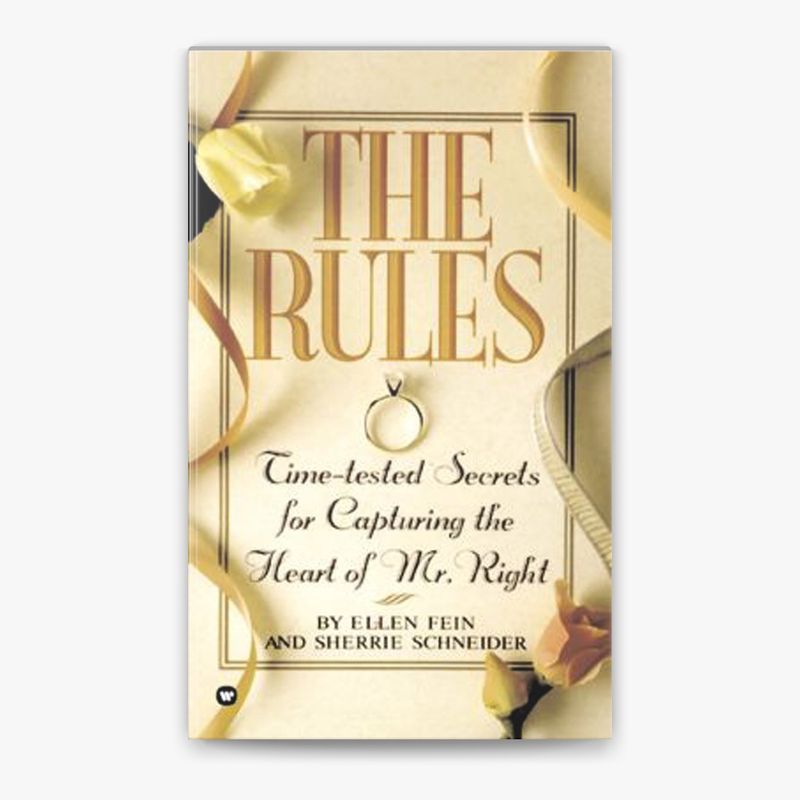
‘The Rules’ was once a staple for women seeking romance, yet its advice feels outdated today. The book’s prescriptive nature suggests a regressive view on dating, advocating adherence to rigid gender roles that many now reject.
Women today see its advice as prescriptive and limiting, promoting unrealistic expectations. The ideas that once seemed empowering now read as antiquated, disconnected from modern dating dynamics.
As societal views on relationships evolve, ‘The Rules’ appears out of touch. This guide, once revolutionary, now seems constrictive, its principles overshadowed by a desire for more authentic and balanced partnerships.
3. Are You There God? It’s Me, Margaret. by Judy Blume
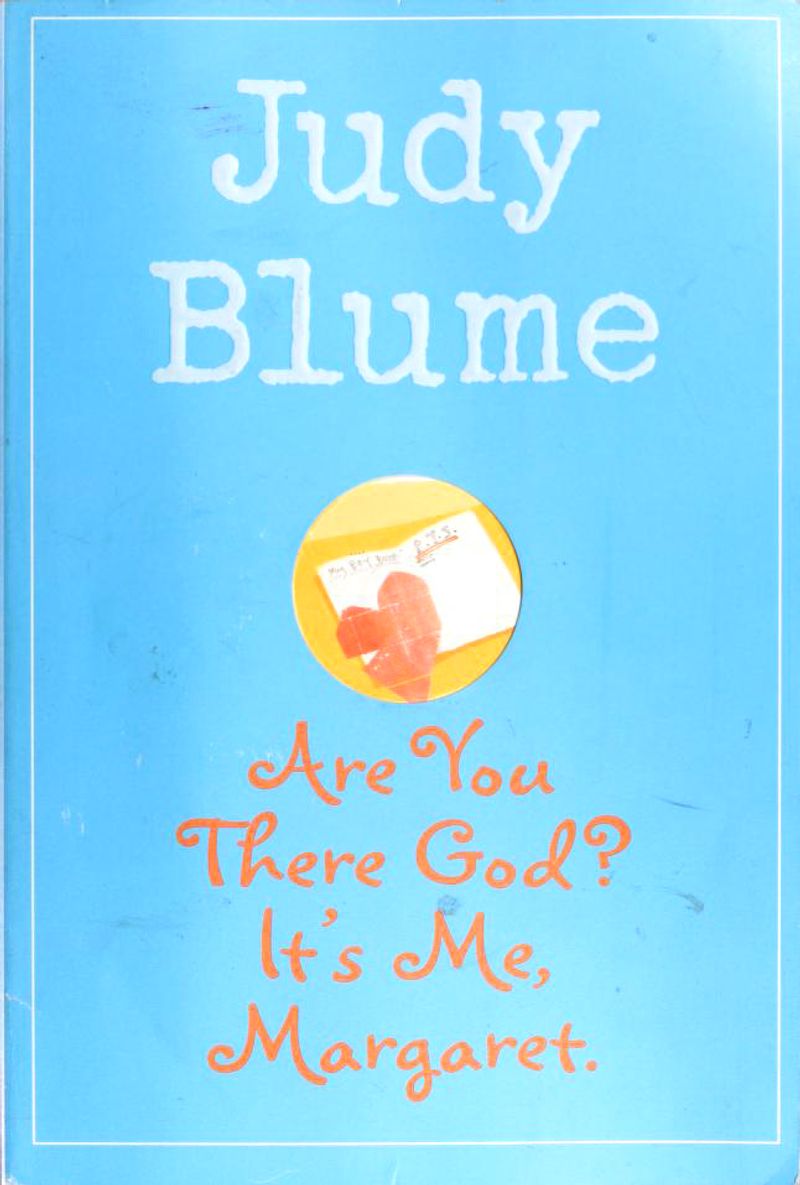
For generations, ‘Are You There God? It’s Me, Margaret.’ was a coming-of-age touchstone. Yet, today’s readers find its portrayal of puberty and gender roles outdated. The simplicity that once resonated now feels insufficient in addressing complex adolescent realities.
While its themes are timeless, some find the narrative lacks the depth expected by modern standards. Blume’s approach, though pioneering, doesn’t align with contemporary discussions on gender identity and puberty.
Despite its classic status, the book draws mixed reactions from newer audiences seeking more nuanced portrayals. What was once a guide now feels like a stepping stone to more comprehensive narratives.
4. Forever… by Judy Blume
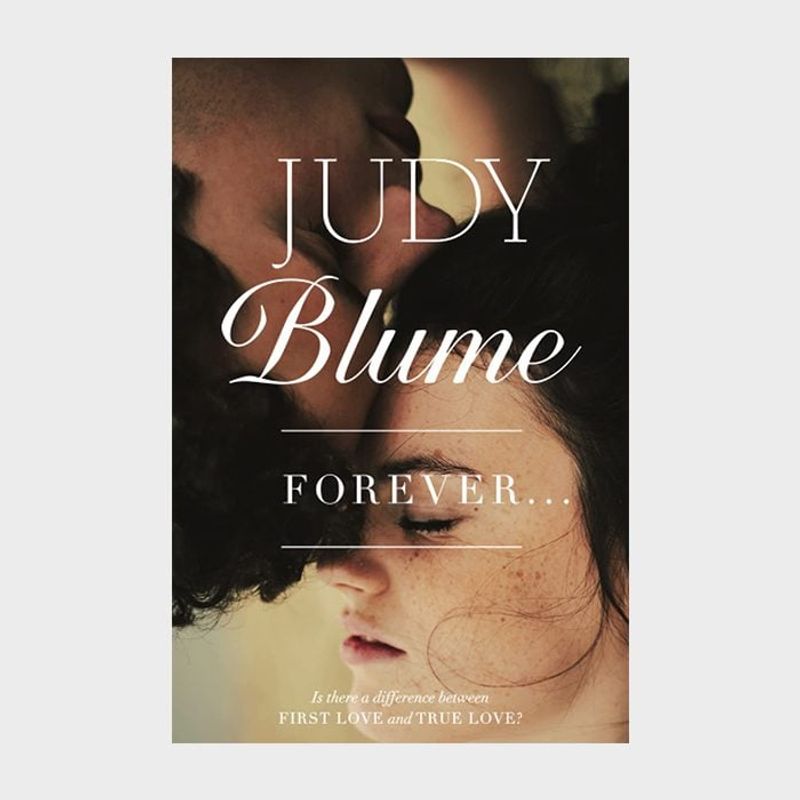
‘Forever…’ revolutionized teen fiction with its candid look at teenage sexuality. However, some now find its treatment of sex oversimplified. The boldness that once shocked now seems naïve, as newer narratives delve deeper into teen experiences.
The love story, once groundbreaking, is critiqued for its simplicity and lack of emotional complexity. Readers today seek richer character development and more authentic depictions of teenage relationships.
For many, the novel remains a nostalgic favorite, yet its relevance wanes. Its straightforward approach to young love feels less impactful in a world where teen fiction has matured significantly.
5. Confessions of a Shopaholic by Sophie Kinsella

Once a humorous take on consumerism, ‘Confessions of a Shopaholic’ now raises eyebrows. Its depiction of a debt-ridden protagonist as charming feels out of step with current attitudes towards financial responsibility.
The lighthearted narrative once entertained, but now some view it as glamorizing unhealthy spending habits. The protagonist’s antics, once endearing, are criticized for lacking depth and failing to address real consequences.
In an era highlighting financial literacy, the book’s carefree approach seems dated. What was once a delightful escape is now examined under a more critical lens, prompting reevaluation of its cultural impact.
6. Twilight by Stephenie Meyer
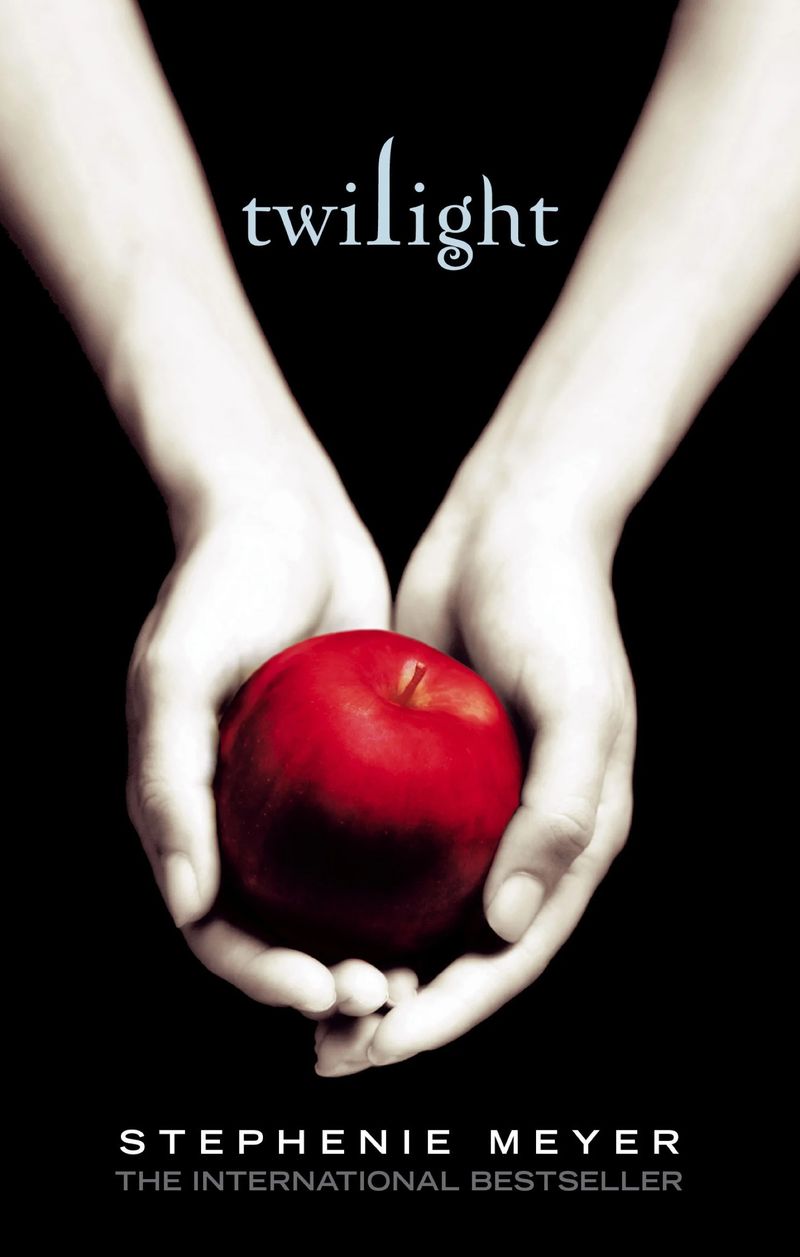
Though a phenomenon at release, ‘Twilight’ faces criticism for its portrayal of romance. The series, once adored by many, is now scrutinized for its depiction of toxic relationships and lack of female agency.
Critics argue that the power dynamics and character interactions promote unhealthy ideals. What was once romantic is seen by some as perpetuating damaging stereotypes about love and dependency.
Despite its impact on pop culture, ‘Twilight’ is dissected for its themes. The series’ appeal endures, yet modern readers question its messages, seeking narratives that offer more empowering portrayals.
7. Fifty Shades of Grey by E.L. James
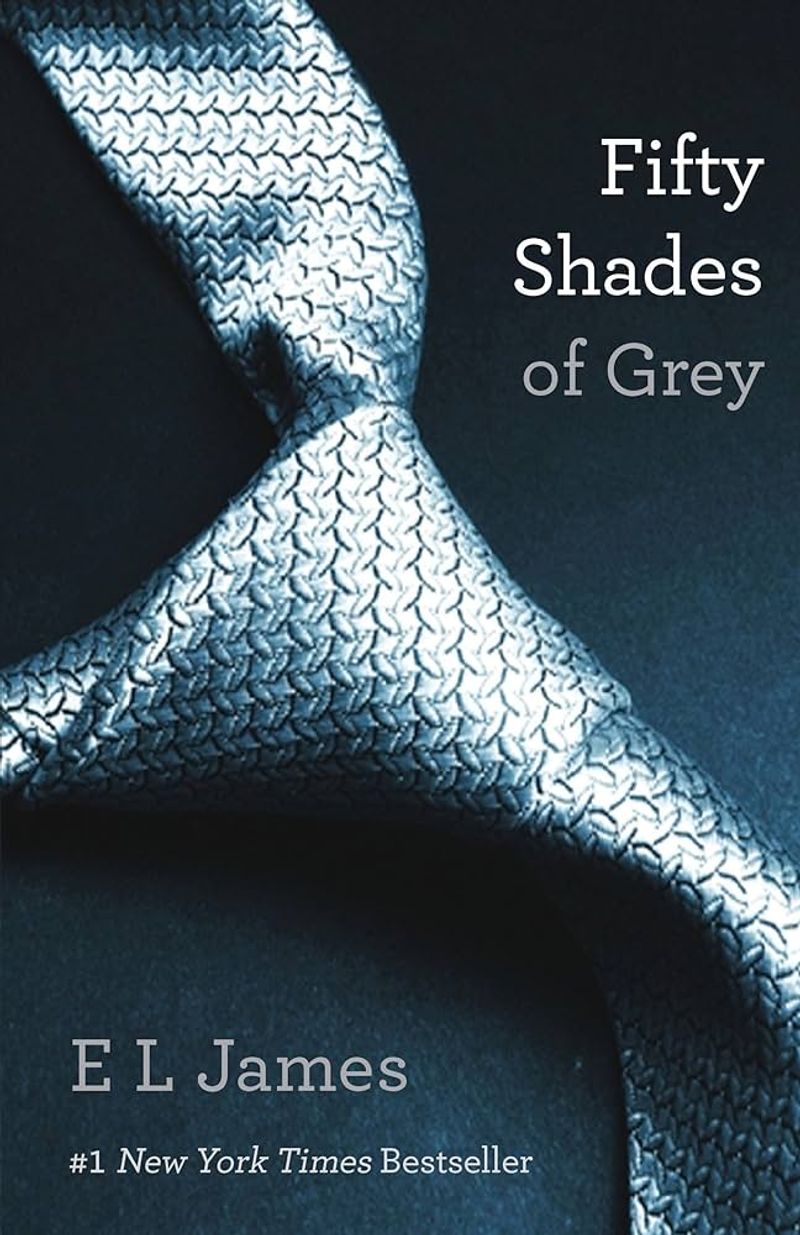
‘Fifty Shades of Grey’ captivated audiences but now draws criticism for its portrayal of consent and romance. What some hailed as daring is now viewed as problematic, with its romanticized depiction of control and lack of clear consent.
The narrative’s focus on a dominant-submissive relationship, once novel, is critiqued for ignoring the nuanced realities of such dynamics. Critics argue it romanticizes abuse, overshadowing consensual exploration.
Though it sparked conversations about sexuality, the book’s approach is increasingly seen as outdated. Its portrayal of relationships faces scrutiny, urging a reexamination of its lasting impact on readers.
8. The Lovely Bones by Alice Sebold

Upon release, ‘The Lovely Bones’ was praised for its emotional depth. Yet, today it faces criticism for being emotionally manipulative. The narrative’s tonal shifts, once engaging, are now seen as inconsistent.
Readers argue that its handling of trauma is oversimplified, prioritizing sentimentality over nuance. The emotional pull, initially compelling, now feels calculated, detracting from the story’s authenticity.
Despite its initial acclaim, the novel’s approach is questioned in light of modern storytelling. Its once-poignant themes appear less resonant, overshadowed by more nuanced explorations of similar subject matter.
9. Eat, Pray, Love by Elizabeth Gilbert
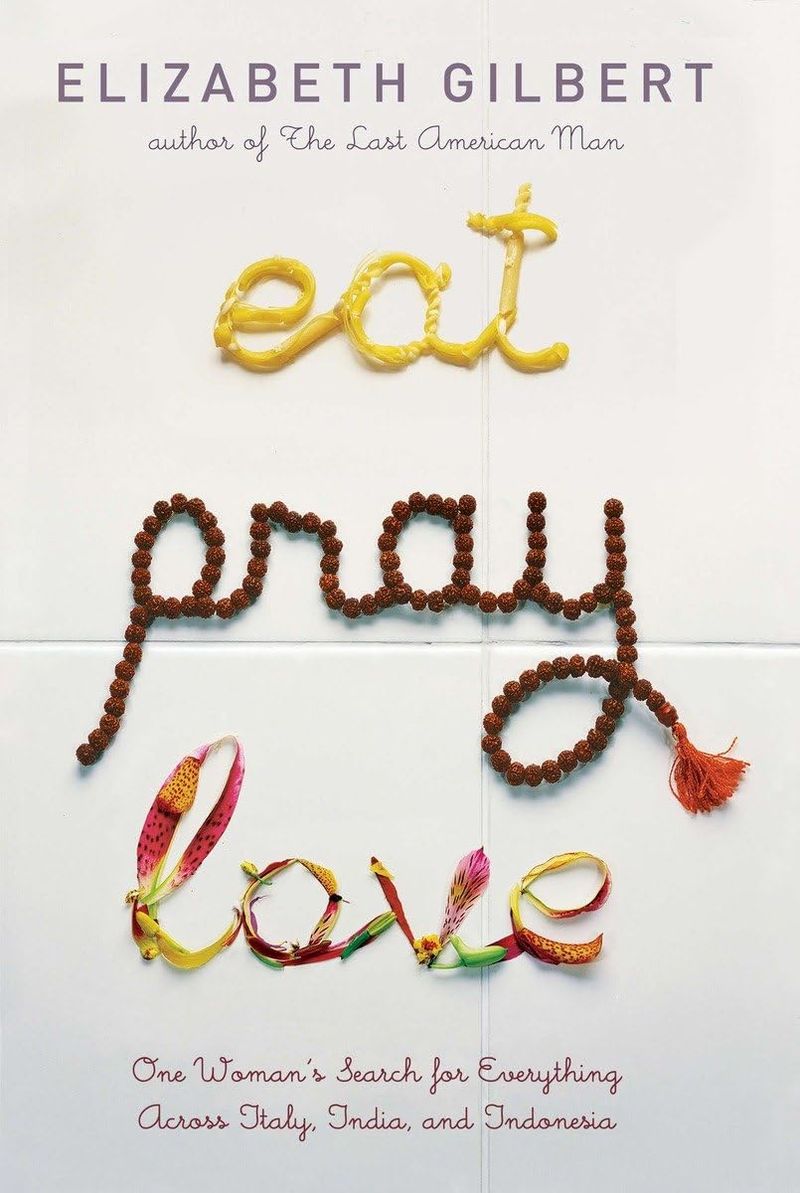
‘Eat, Pray, Love’ inspired many with its journey of self-discovery. However, it’s now critiqued for its privileged perspective on “spiritual” travel. The narrative that once offered hope is seen by some as self-indulgent, lacking awareness.
Critics claim the protagonist’s journey focuses more on personal indulgence than true cultural exploration. The book’s themes, once celebrated, are reassessed as narrow and self-centered.
While it opened doors to spiritual narratives, its approach is seen as dated. Readers now seek more inclusive stories that go beyond personal awakening to embrace broader cultural understanding.
10. White Oleander by Janet Fitch
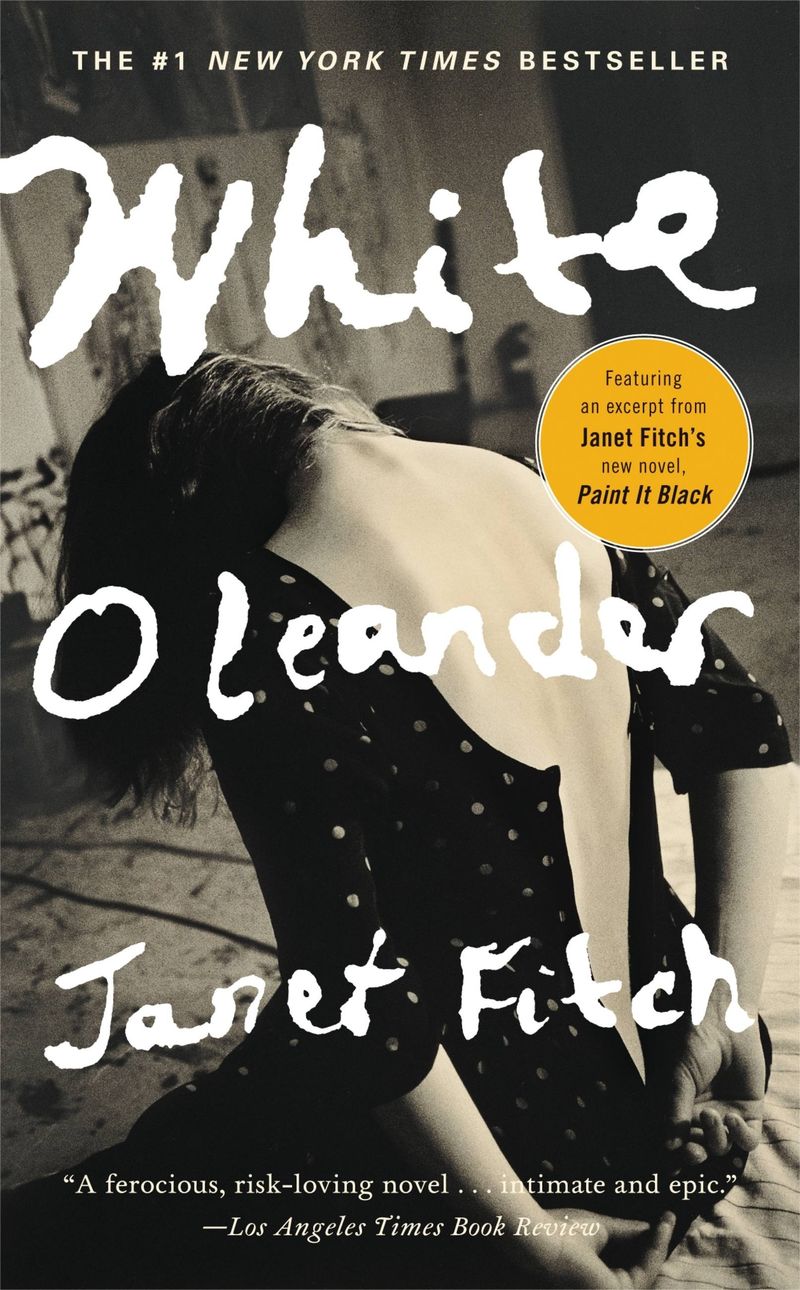
Initially praised for its poetic prose, ‘White Oleander’ now faces critique for melodrama. The novel’s exploration of trauma, once gripping, is viewed by some as overly romanticized.
Readers argue that its portrayal of hardship lacks nuance, focusing on beauty rather than depth. The characters’ struggles, once moving, are critiqued for being superficial and sensationalized.
Though it captivated with its language, the book’s approach to trauma feels outdated. Its initial allure fades under modern scrutiny, as audiences seek more authentic and layered expressions of resilience and survival.
11. Divine Secrets of the Ya-Ya Sisterhood by Rebecca Wells
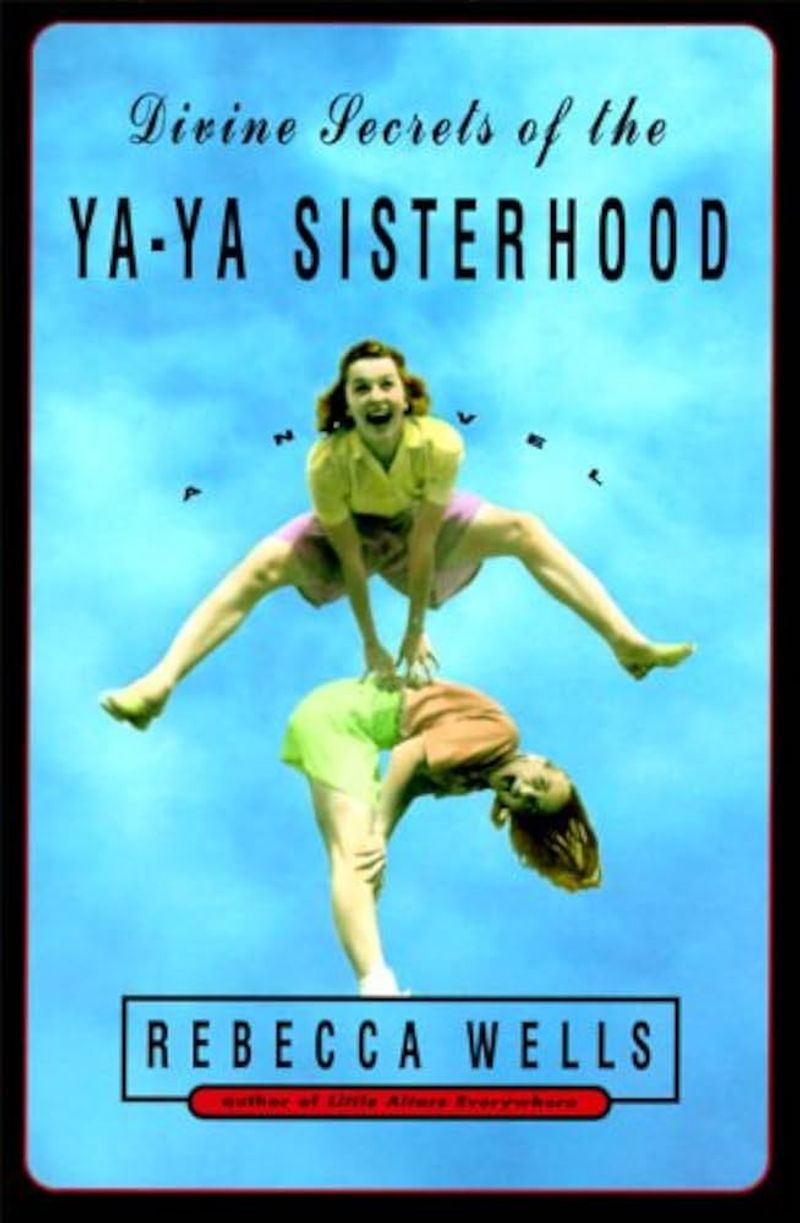
‘Divine Secrets of the Ya-Ya Sisterhood’ was cherished for its portrayal of friendship. However, its reliance on Southern stereotypes now draws criticism. What was once heartwarming is seen by some as lacking in depth and nuance.
Readers note the book’s romanticized depiction of Southern culture, simplifying complex identities. The narrative, initially engaging, is reassessed for its stereotypical portrayal of characters and relationships.
Though beloved for its bonds of friendship, the book’s cultural depiction feels outdated. Contemporary readers seek richer narratives that move beyond stereotypes to embrace more authentic Southern experiences.
12. The Joy Luck Club by Amy Tan
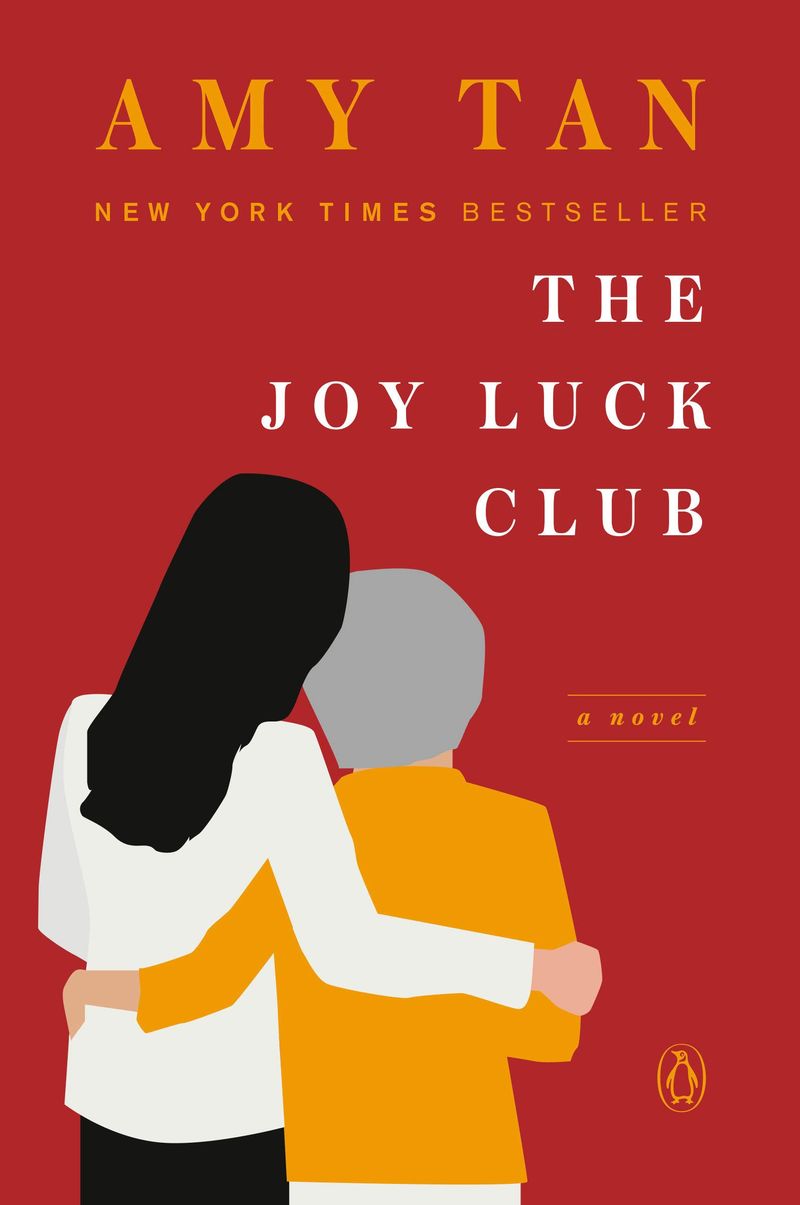
Celebrated for its cultural storytelling, ‘The Joy Luck Club’ faces scrutiny for reinforcing stereotypes. The novel’s portrayal of Chinese-American experiences, once enlightening, is reassessed by younger readers seeking authenticity.
Some argue that its depiction of immigrant struggles relies on simplified narratives. The stories, initially groundbreaking, are critiqued for perpetuating one-dimensional views of complex identities.
Despite its role in amplifying Chinese-American voices, the book’s themes are revisited through modern lenses. Readers today desire narratives that embrace the diversity and nuance of cultural identity beyond traditional perspectives.
13. The Secret Life of Bees by Sue Monk Kidd
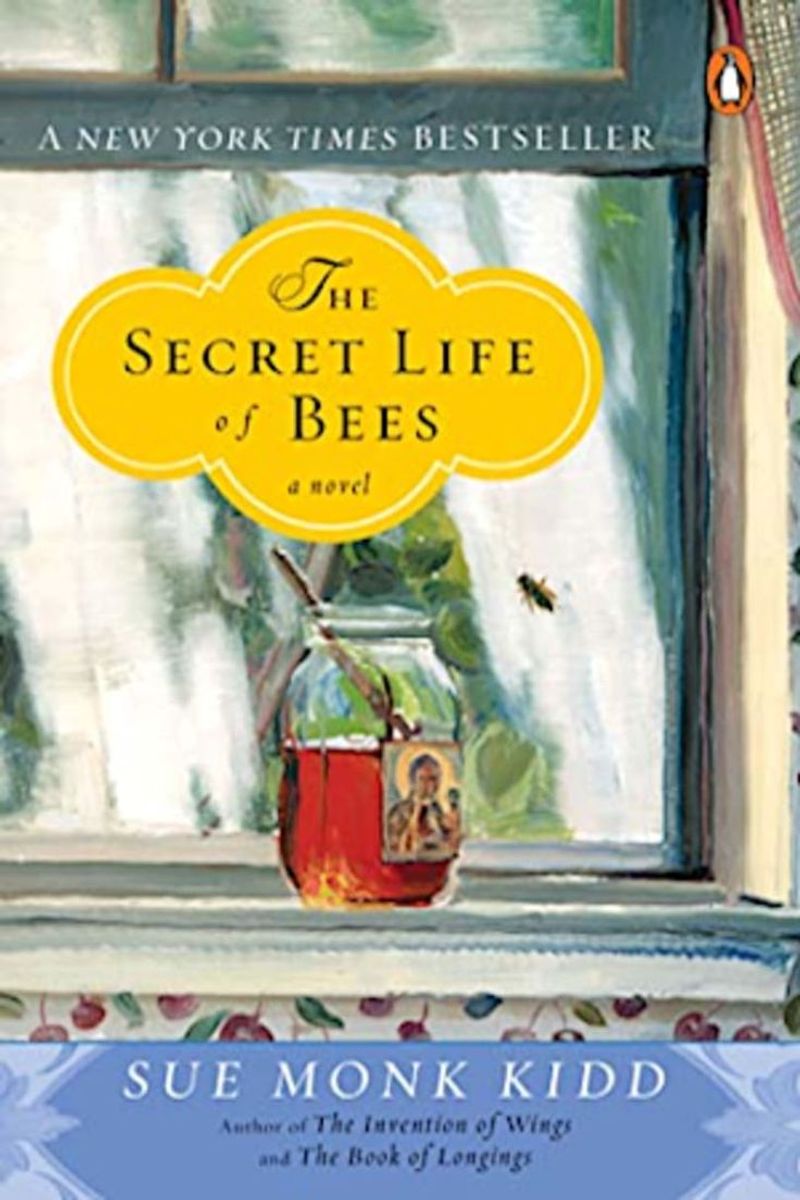
Once lauded for its exploration of race, ‘The Secret Life of Bees’ now faces criticism for its white savior narrative. The book’s portrayal, once eye-opening, is challenged for centering a white perspective within Black history.
Critics argue that the narrative simplifies complex racial dynamics, overshadowing authentic voices and stories. The themes, initially praised, are seen by some as reinforcing outdated tropes.
Though influential in its time, the book’s portrayal of race and identity feels limited today. Readers seek narratives that elevate diverse perspectives, moving beyond the confines of white-centered storytelling.
14. Girl, Wash Your Face by Rachel Hollis
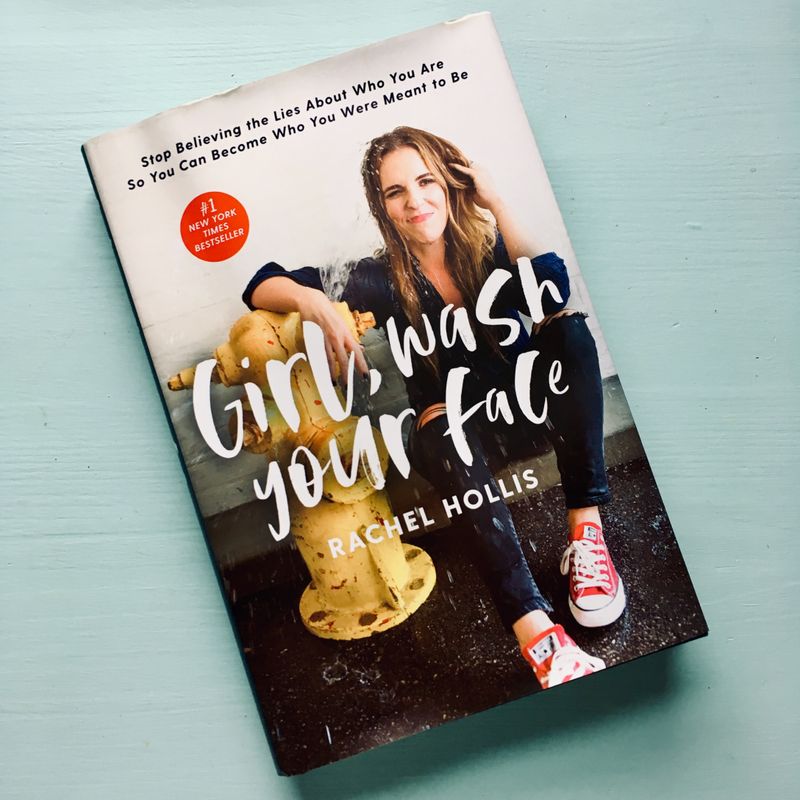
‘Girl, Wash Your Face’ was once hailed as empowering, but now faces backlash for toxic positivity. The book’s message, initially inspiring, is criticized for promoting privilege-blind advice.
Readers argue that its motivational tone oversimplifies complex issues, ignoring systemic barriers. The encouragement, once motivating, now reads as dismissive of genuine struggles and challenges.
As awareness of social issues grows, the book’s approach feels out of touch. Readers today value narratives that acknowledge diversity and complexity, seeking inspiration that resonates with broader realities and experiences.
15. The Handmaid’s Tale by Margaret Atwood
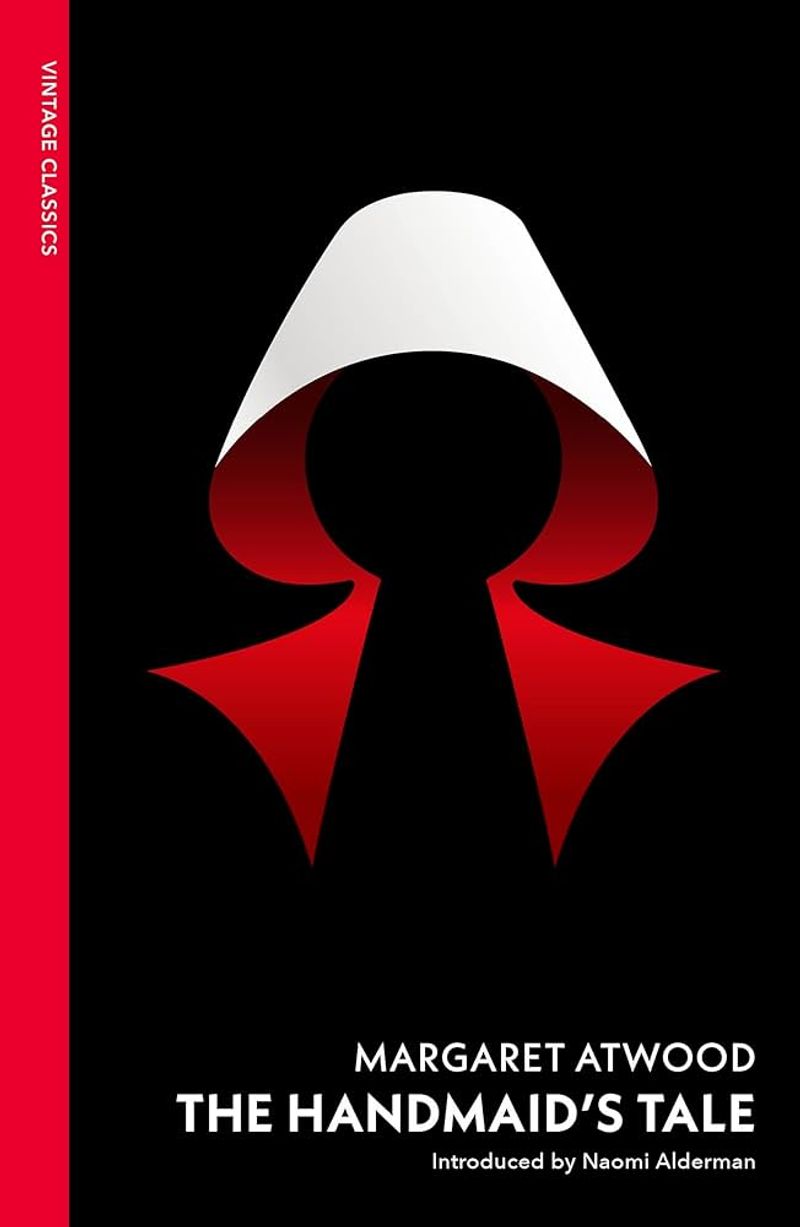
‘The Handmaid’s Tale’ grows more urgent with each passing year. Its depiction of a dystopian society resonates powerfully, reflecting contemporary fears about autonomy and freedom.
Readers find its themes increasingly relevant, drawing parallels to ongoing real-world issues. The narrative’s foresight, once speculative, feels alarmingly prophetic as societal discussions intensify.
With its chilling vision, the book remains a compelling exploration of power and resistance. Its resonance strengthens, offering a cautionary tale that continues to captivate and challenge readers worldwide.
16. Beloved by Toni Morrison
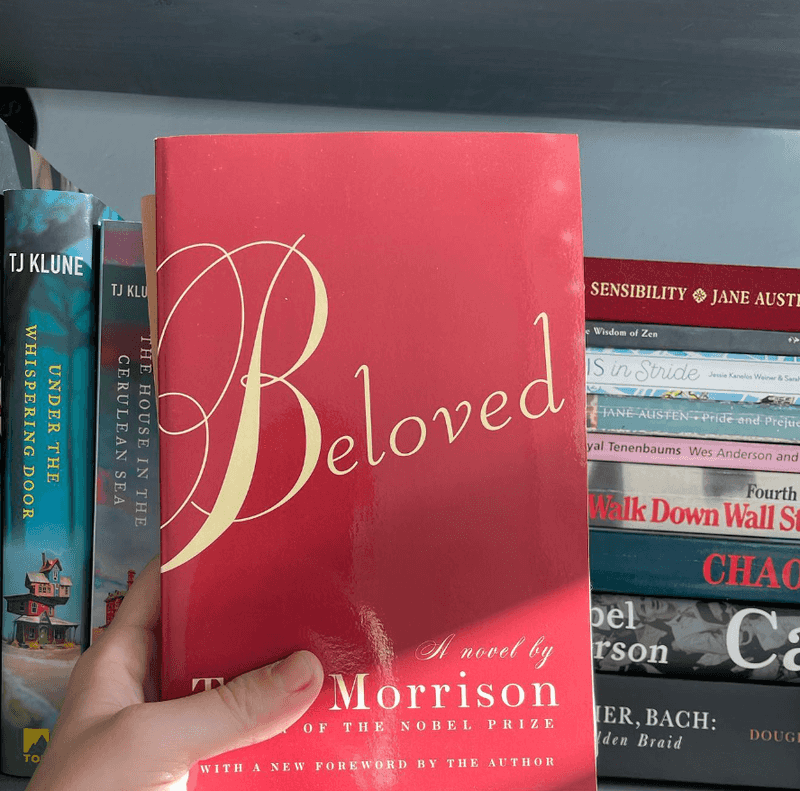
‘Beloved’ deepens in impact upon each reading. Its exploration of memory and trauma remains timeless, capturing the complexity of human experiences.
Morrison’s prose, rich and evocative, challenges readers to confront uncomfortable truths. The novel’s depth, initially profound, continues to reveal layers of meaning and insight.
As a literary masterpiece, it gains appreciation for its intricate narrative and enduring significance. ‘Beloved’ stands as a powerful testament to resilience and the enduring human spirit, drawing readers into its haunting and transformative world.
17. I Know Why the Caged Bird Sings by Maya Angelou
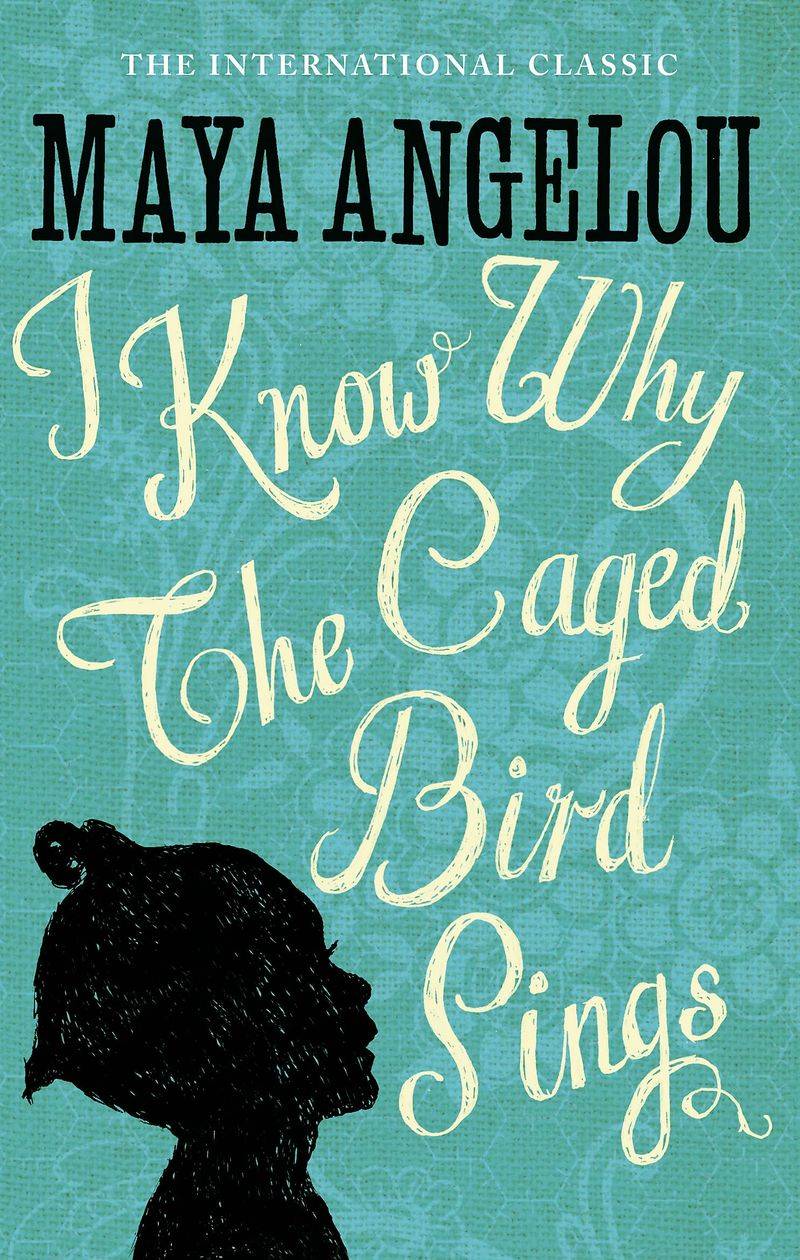
Angelou’s autobiography resonates with timeless power. Its voice and message remain impactful, offering insight into the struggles and triumphs of the human spirit.
Readers are drawn to its honesty and eloquence, finding inspiration in Angelou’s journey. The narrative, initially groundbreaking, continues to empower and enlighten with its authenticity and strength.
‘I Know Why the Caged Bird Sings’ endures as a vital work, celebrating resilience and hope. Its message, ever relevant, invites readers to reflect on personal and collective liberation, transcending generations with its enduring influence.
18. To the Lighthouse by Virginia Woolf

Woolf’s ‘To the Lighthouse’ offers a rich, layered experience. Its complexity and depth reward mature readers, unveiling new insights with each encounter.
The novel’s stream-of-consciousness style, once challenging, now captivates with its introspective exploration of time, memory, and perception. Readers appreciate its nuanced portrayal of human relationships and inner lives.
As a cornerstone of modernist literature, the book continues to inspire and provoke thought. ‘To the Lighthouse’ stands as a testament to Woolf’s innovative genius, inviting readers into its contemplative and resonant world.
19. Their Eyes Were Watching God by Zora Neale Hurston
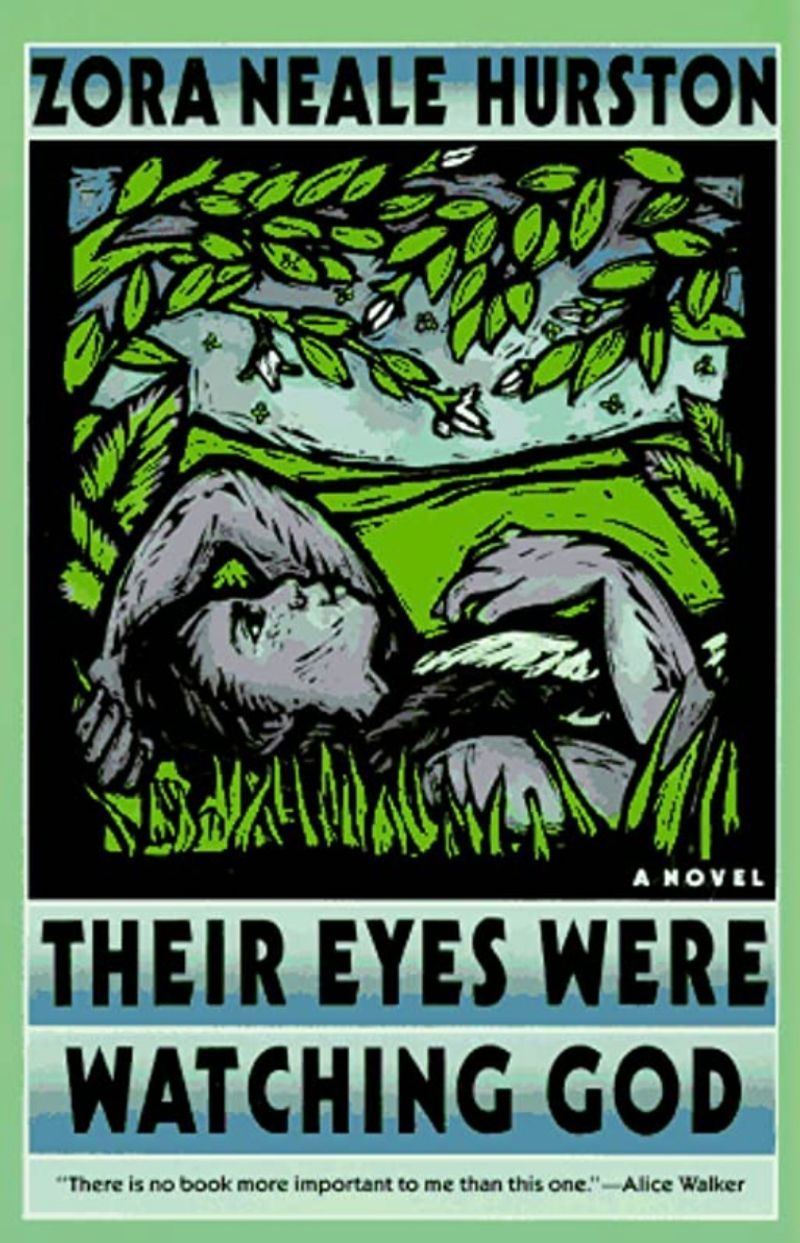
Once underappreciated, ‘Their Eyes Were Watching God’ is now celebrated as a foundational text. Hurston’s exploration of identity and empowerment resonates profoundly, capturing the essence of the human journey.
Readers are captivated by its powerful narrative and rich, evocative language. The novel’s themes, initially overlooked, are embraced for their depth and cultural significance.
As a work of lasting value, it continues to inspire and uplift. ‘Their Eyes Were Watching God’ stands as a vital contribution to literature, offering insights into resilience and self-discovery that resonate across generations.
20. The Color Purple by Alice Walker
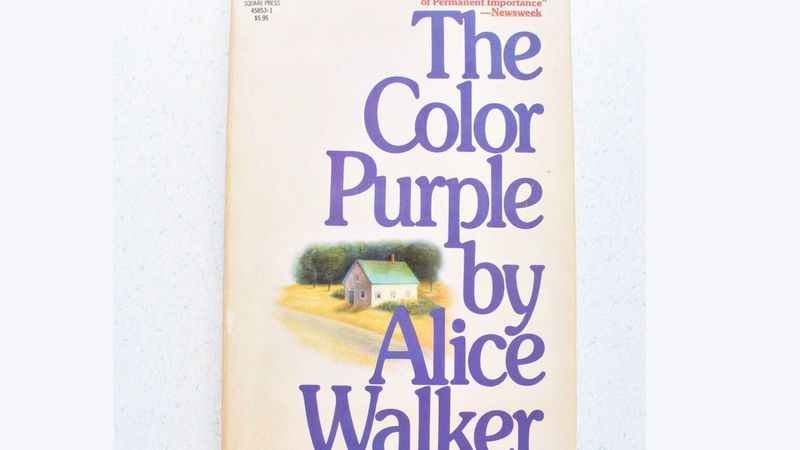
Bold and inspiring, ‘The Color Purple’ continues to move readers. Walker’s portrayal of love, struggle, and redemption remains powerful, touching hearts with its depth and emotion.
The narrative’s honesty and resilience are celebrated, offering a window into transformative journeys. Readers find its themes enduring, resonating with contemporary issues of identity and empowerment.
As a cornerstone of feminist literature, it stands as a beacon of hope and strength. ‘The Color Purple’ invites readers into its vibrant world, leaving a lasting impact with its timeless message of courage and connection.
21. Little Women by Louisa May Alcott
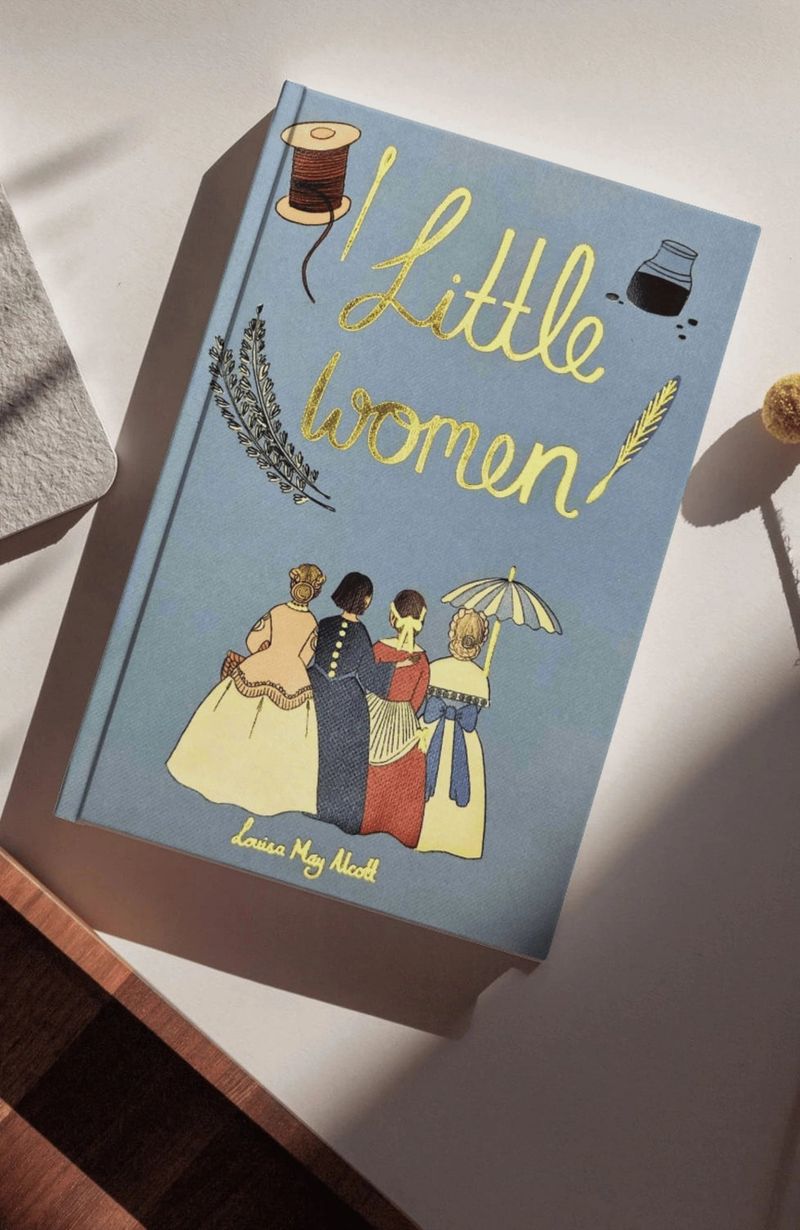
Once a cherished classic, ‘Little Women’ gains new depth with modern reinterpretations. Alcott’s portrayal of family and ambition resonates, offering fresh perspectives on timeless themes.
Readers find its characters relatable, appreciating the novel’s insights into gender roles and personal growth. The narrative, initially quaint, is revitalized by contemporary readings that highlight its feminist undertones.
As a beloved story, it continues to inspire with its warmth and wisdom. ‘Little Women’ stands as a testament to enduring values, inviting readers into a journey of discovery that transcends time and tradition.

Comments
Loading…